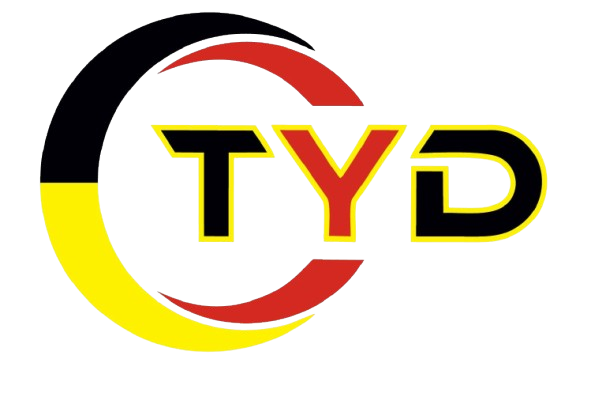- Product Categories
- PF & ESIC Compliance
- Payroll Processing
- Establishment Compliance
- PF ESI Inspection
- Factory Act Compliances
- Contract Labour Compliances
- PF ESIC Compliance Consultants
- Compliance Audit & Consultation
- Labour Laws Licensing
- BOCW Compliances
- Shop Act Establishment Services
- Trade License
- Compliance Audit Consultants
- Industrial Licensing Services
- Payroll Outsourcing Services
- Food Licence
- Night Exemption
- Professional Tax Registration
- Posh Consultant Services
- Statutory Compliance Services
- Pollution Registration Service
Payroll processing is the step-by-step method of calculating employee salaries, deductions, taxes, and compliance contributions (like PF, ESIC, TDS, PT, etc.), and then paying employees correctly and on time.
Steps in Payroll Processing
Pre-Payroll Setup
- Collect employee data (attendance, leaves, overtime, bonuses, etc.)
- Define salary structures (basic, HRA, allowances, deductions)
Verify statutory compliance requirements (PF, ESIC, TDS, Professional Tax, Gratuity, etc.)
Payroll Calculation
- Gross Salary = Basic + Allowances + Incentives
- Deductions = PF + ESIC + TDS + PT + Loan/Advance recovery
- Net Salary (Take-Home) = Gross Salary – Deductions
Compliance Management
- PF & ESIC contributions deposit before the 15th of every month
- TDS deduction and deposit to Income Tax Dept.
- Professional Tax deposit (as per state rules)
- Filing monthly/quarterly/annual returns
Salary Disbursement
- Generate bank transfer statements
- Issue salary slips to employees
- Update payroll registers
Post-Payroll Activities
- Filing returns (PF, ESIC, TDS, PT)
- Generating reports (cost to company, department-wise salary reports, etc.)
Maintaining payroll records for audits
Tools/Technologies Used in Payroll Processing
Excel/Spreadsheets (for small businesses)Payroll Software (Zoho Payroll, GreytHR, RazorpayX Payroll, QuickBooks, Tally)
Customized ERP/HRMS (SAP, Oracle, PeopleSoft)
- Benefits of Proper Payroll Processing
Timely statutory compliance (PF, ESIC, TDS, PT)
Reduced risk of penalties
Transparent salary slips for employees
Saves time with automation
